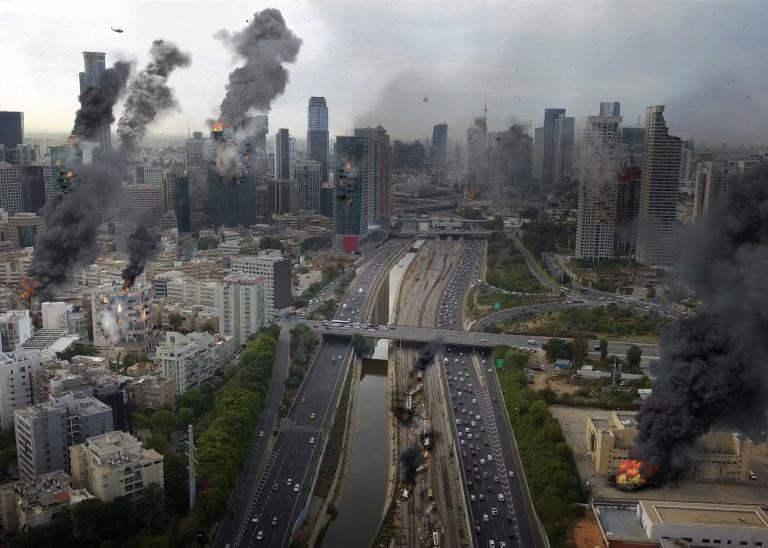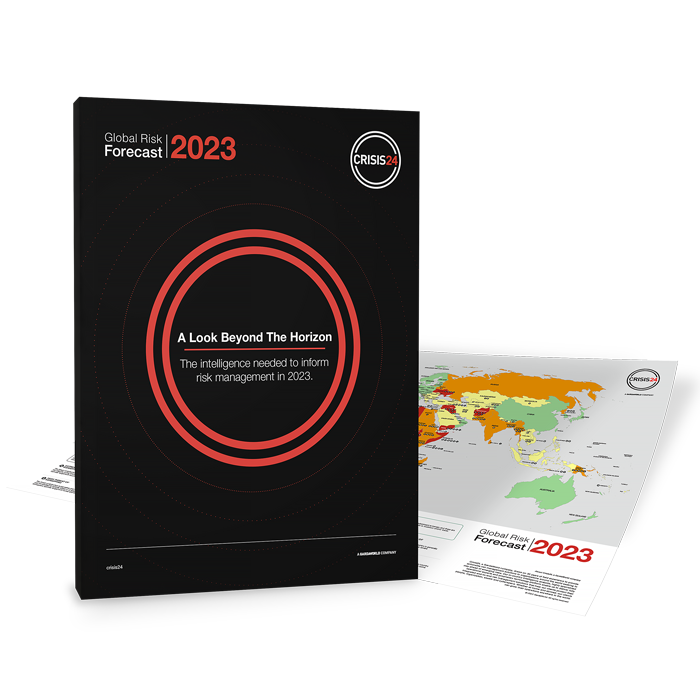15 Apr 2020 | 06:59 PM UTC
China: Authorities introduce more rigorous checks on Russian border April 13 due to COVID-19 /update 55
Chinese authorities introduce more rigorous border checks on the Russian border as of April 13 due to an increase in coronavirus disease (COVID-19) cases in the area; follow government directives
Event
Chinese authorities have started introducing more rigorous checks on the Russian border from Monday, April 13, as the government claims that most of the recently imported cases of coronavirus disease (COVID-19) originated in Russia. Some of the new measures include the implementation of quarantine orders for the cities of Harbin and Suifenhe in Heilongjiang province. On Tuesday, April 14, officials in Heilongjiang province, which borders Russia, announced that a hotline has been established so that residents could report those traveling to China illegally. Additionally, while the border remains open for Chinese nationals, state media has encouraged Chinese citizens to not return to China from Russia during the pandemic. State media has claimed that 79 new cases of COVID-19 were registered in the province on Monday, April 13.
On April 13, Chinese health authorities reported that the number of COVID-19 cases recorded in the country rose by 108 over 24 hours, the largest daily increase since March 5. The rise in cases has largely been caused by an increase in the arrival of infected travelers. Authorities in Beijing also announced on Sunday, April 12, that schools in the city will reopen to high school and senior middle school students from Monday, May 11.
Local authorities in Wuhan (Hubei province) stated on Friday, April 10, that they will continue to test residents for COVID-19 due to concerns of imported cases as the number of infections decreases. This comes just days after authorities relaxed lockdown measures in Wuhan, where COVID-19 was first detected. Since Wednesday, April 8, people have been permitted to leave the city for the first time since a lockdown was imposed on Monday, January 27. Passenger trains began to depart the city from 00:50 (local time) and highways were also opened to outbound traffic. The restrictions were eased following a reduction in the number of daily reported cases, with reports suggesting that Wuhan had only recorded two new confirmed cases in the past two weeks. Residents are still being encouraged to remain within their neighborhoods and avoid travel outside of the city unless it is necessary.
Chinese authorities announced on April 10 that residency rules will be relaxed in 2020 to encourage rural populations to move to cities, with the aim of boosting local economies. Internal migration controls and household registration permits will be abolished. While travel restrictions have eased in Wuhan, strict control measures continue nationwide. Authorities have stated that measures have been introduced to restrict nonessential border crossings while those border ports and crossings which were previously closed will continue to be inaccessible until further notice. Border patrols have also been increased. Foreign nationals, including those with valid residence permits, remain prohibited from entering the country as of Wednesday, April 15, except diplomats and those on deployments deemed essential by the government. Authorities have also announced stronger controls on the country's land borders in an attempt to prevent the spread of COVID-19.
As of April 15, 83,745 cases of COVID-19 have been confirmed in China, including 3352 associated fatalities. Further international spread of the virus is expected over the coming days and weeks.
Context
The first case of COVID-19 was reported on December 31 and the source of the outbreak has been linked to a wet market in Wuhan (Hubei province, China). Human-to-human and patient-to-medical staff transmission of the virus have been confirmed. Many of the associated fatalities have been due to pneumonia caused by the virus.
Cases of the virus have been confirmed in numerous countries and territories worldwide. Virus-screening and quarantining measures are being implemented at airports worldwide, as well as extensive travel restrictions. On March 11, the World Health Organization (WHO) declared the global outbreak a pandemic.
Pneumonia symptoms include dry cough, chest pain, fever, and trouble breathing. Pneumonia can be contagious and can be transmitted from human to human. The influenza virus, or the flu, is a common cause of viral pneumonia.
Advice
Measures adopted by local authorities evolve quickly and are usually effective immediately. Depending on the evolution of the outbreak in other countries, authorities are likely to modify, at very short notice, the list of countries whose travelers are subject to border control measures or entry restrictions upon their arrival to the territory in question. It is advised to postpone nonessential travel due to the risk that travelers may be refused entry or be subject to quarantine upon their arrival or during their stay.
To reduce the risk of COVID-19 transmission, travelers are advised to abide by the following measures:
- Frequently clean hands by applying an alcohol-based hand rub or washing with soap and water.
- When coughing and sneezing, cover mouth and nose with a flexed elbow or tissue; if used, throw the tissue away immediately and wash hands.
- If experiencing a fever, cough, difficulty breathing, or any other symptoms suggestive of respiratory illness, including pneumonia, call emergency services before going to the doctor or hospital to prevent the potential spread of the disease.


